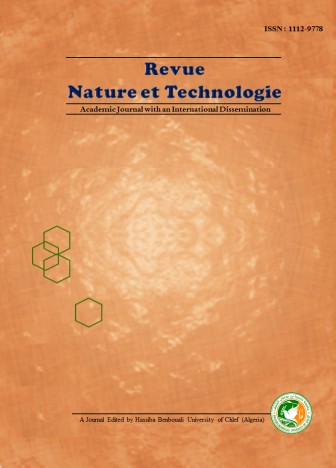Assessment Of The Quality Of Sheepmeat Consumed In Some Regions Of Algeria.
Keywords:
Sheepmeat, Physico-chemical quality, Microbiological quality, Nutritional qualityAbstract
This study aims to evaluate the quality of sheepmeat marketed in three Algerian regions (Djelfa, Tiaret and Relizane). Samples were taken at random directly after slaughter from a leg of lamb of the local breed, aged between six and eight months and of uniform size. The results obtained showed a water deficiency (dehydration of the three meats), a pH ranging between 5.41 ± 0.82 and 5.64 ± 0.2, and a good water retention capacity in the meat from Relizane compared with the meat from Djelfa and Tiaret. The levels of dry matter, minerals, lipids and proteins are fairly similar and in line with the standards set by the official Algerian journal. In the Tiaret and Relizane regions, the microbiological quality of the meat was satisfiying, while that of Djelfa was considered unsatisfactory due to an excessive concentration of faecal coliforms, which exceeded established standards. Based on these findings, we infer that slaughter conditions, handling, preservation methods and production methods (feeding during the dry season) have an impact on the quality of sheepmeat.





